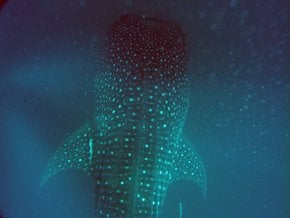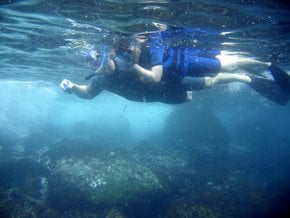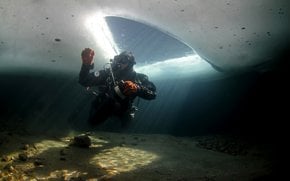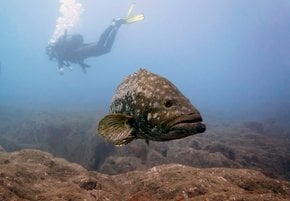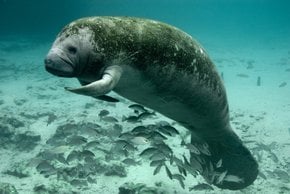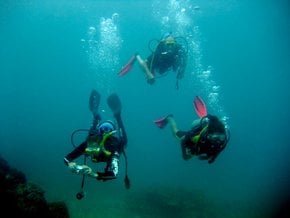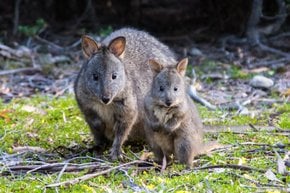Scuba Diving in Tasmania 2025-2026
Try Tasmania's scuba diving experience on the top beaches across Australia
Best time: November–March
With its crystal-like waters and pristine beaches Tasmania is one of the top countries for scuba diving experience. With extended beaches and an extremely rich marine life the island has something to offer to suit all tastes. For deep dives head to the east coast of the island diving experience at the popular Paradise Reef, Golden Mummies and Magic Garden. To observe Tasmania's immense biodiversity, go southwards to Maria Island. If you want to dive into the history as well, Flinders and King Islands in Bass Strait would be your perfect location where you can eye witness real shipwrecks. To challenge yourself with underwater caves, forest sponge gardens and observe Tasmania's rarest fish species — set off for your scuba diving experience to the Tasmanian Peninsula. However, if you don't feel like starting a long journey, go scuba dive right near Hobart — at Betsey Island. Whatever experience you are seeking, be sure Tasmania's majestic underwater life won't disappoint you.









